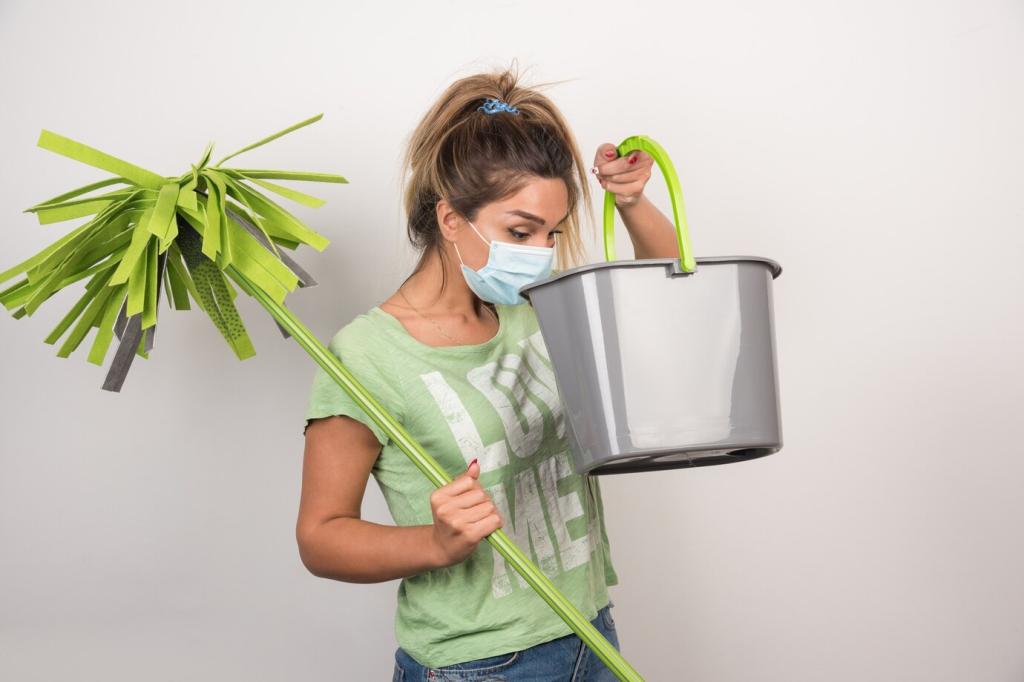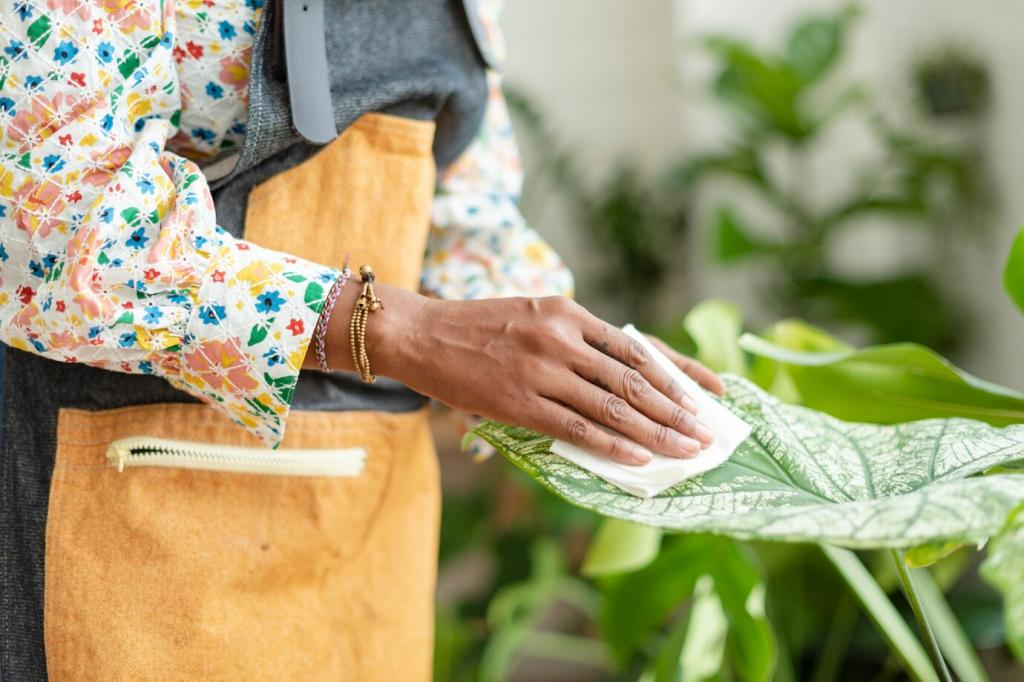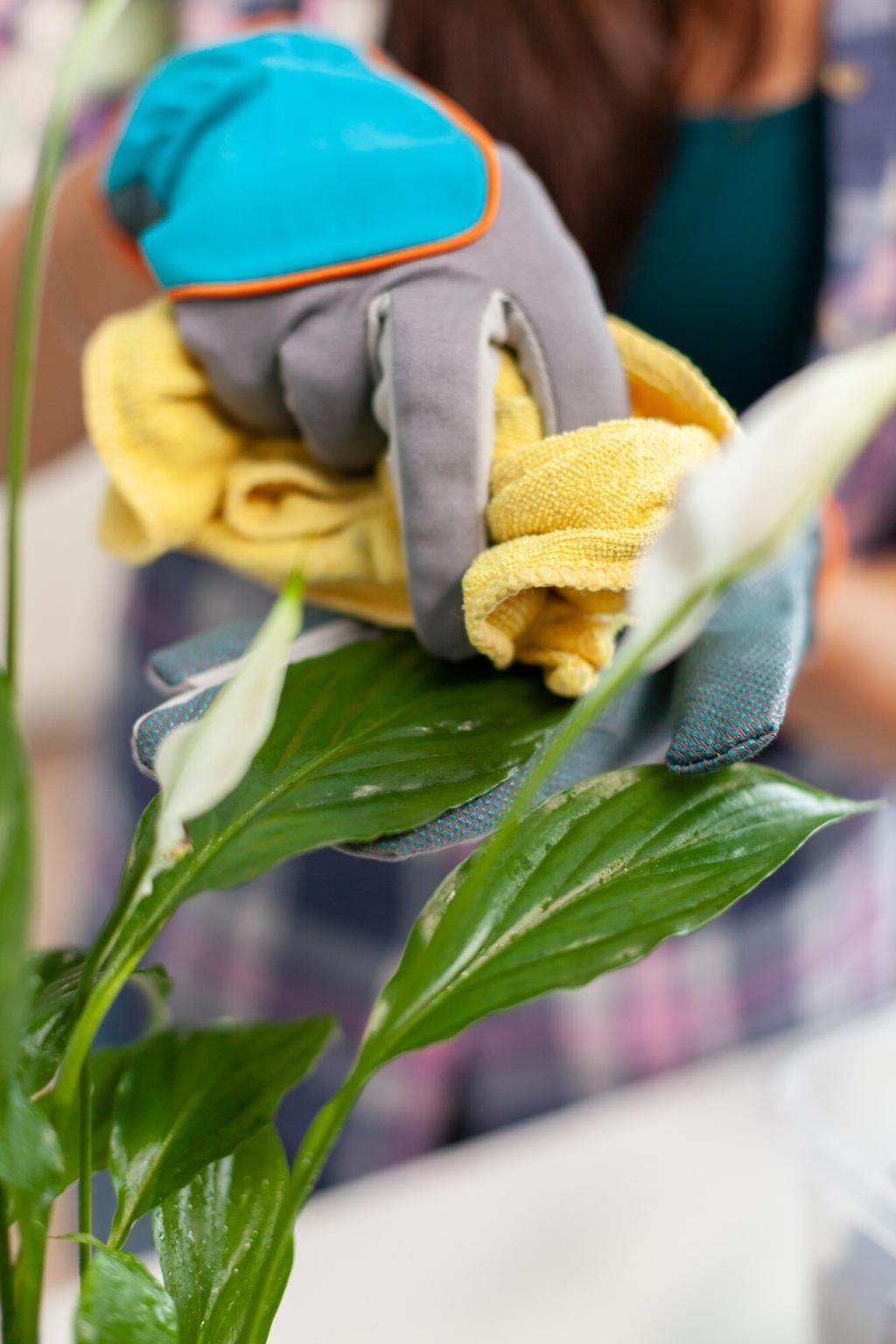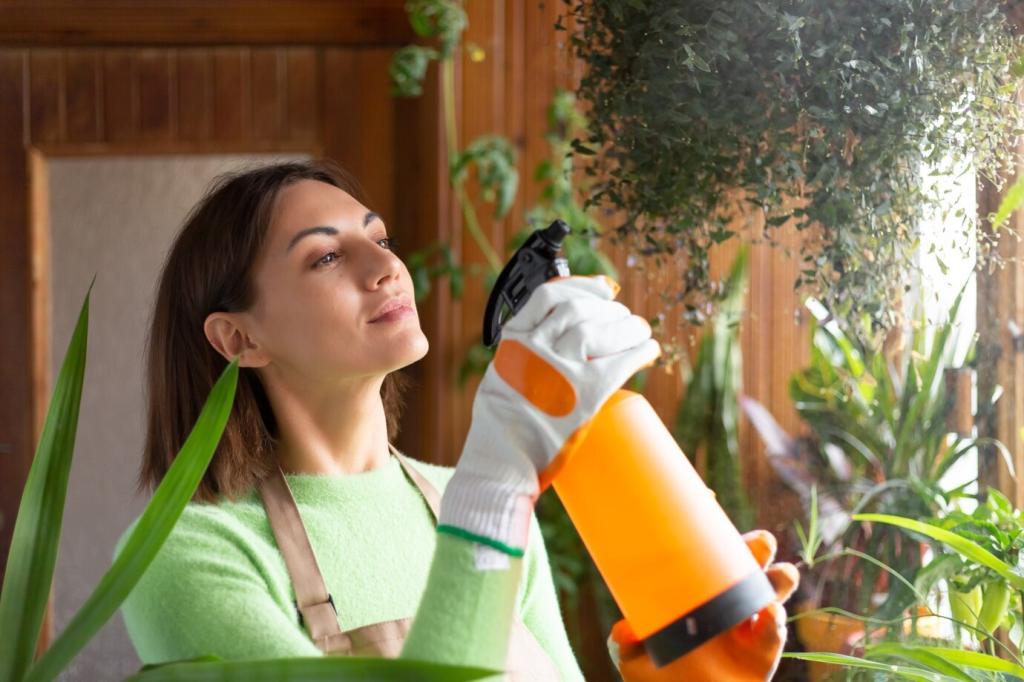Chemical-Free Cleaning Practices for a Healthier Home
Chosen theme: Chemical-Free Cleaning Practices for a Healthier Home. Welcome to a fresher, simpler way to care for your space using time-tested methods, pantry ingredients, and mindful routines that protect your health, your family, and the planet. Subscribe to follow along and share your wins!

Gentle chemistry from your pantry
Vinegar’s mild acidity dissolves mineral deposits and soap scum, while baking soda’s gentle abrasiveness lifts grime without scratching. Paired thoughtfully, they tackle everyday messes without fumes or residue. Tell us your favorite pantry pairing for tough spots.
Friction, fibers, and clean surfaces
Microfiber cloths trap dust and bacteria mechanically, using split fibers and static to lift particles with just water. No perfumes, no harsh solvents—just physics. Try color-coding cloths by room and comment which color system works best.
Heat, time, and moisture as allies
Steam loosens grease, melts waxy buildup, and sanitizes contact surfaces. A hot, damp towel pressed on stuck-on messes softens them safely. Give heat a few minutes to work, then wipe. Share your favorite steam hack below.
Kitchen clarity without the chemical cloud
Cut grease on stovetops with hot water, castile soap, and a splash of vinegar after cooking. For burnt pans, simmer water with baking soda, then scrape gently. Post a photo of your shiniest pan rescue to inspire others.
Bathroom shine, minus the sting
Descale faucets and showerheads by tying on a vinegar-soaked cloth overnight, then buff with microfiber. Sprinkle baking soda on grout, mist with vinegar, and scrub. Tell us your best playlist for powering through tile scrubbing.
Bedrooms and living spaces that breathe
Dust with slightly damp microfiber to trap allergens, not scatter them. Sun-pillows occasionally to freshen naturally. Spot-clean upholstery with diluted castile soap. Comment how a weekly open-window ritual changes the feel of your rooms.
Core ingredients that do the heavy lifting
Stock white vinegar, baking soda, lemon, unscented castile soap, and coarse salt. These cover degreasing, deodorizing, descaling, and gentle scrubbing. What’s the first ingredient you ran out of after switching? Share your must-have below.
Tools you’ll use daily
Gather color-coded microfiber cloths, a durable brush, a squeegee, a spray bottle, and a bucket. Keep everything in a small tote. If you’ve refined your caddy over time, drop a photo and tell us what you removed.


Cleaner air, calmer bodies
Skipping harsh cleaners reduces irritating fumes that can aggravate sensitive lungs, skin, or headaches. Many readers report fewer sneezes and less dryness after switching. If you noticed a difference, share your story to encourage newcomers.

Less plastic, less waste
Bulk vinegar and reusable bottles cut packaging significantly. Microfiber cloths replace disposable wipes. Repair and launder tools rather than tossing. Comment with your favorite refill shop or bulk hack in your neighborhood.

Small costs, big returns
Pantry staples are inexpensive and versatile, so you buy fewer specialized products. Track a month of spending before and after the switch. Share your savings and ideas for reinvesting in better tools or home comforts.
Real Stories, Real Results
One reader polishes wooden cutting boards with lemon and coarse salt, then finishes with a light rub of food-grade oil. Boards look renewed without synthetic gloss. Have a family trick? Pass it on so traditions stay alive.
